Is your phone a few cores? This is one of the most frequently asked questions when comparing the differences between the two phones. The number of CPU cores is indeed an important indicator of mobile phone performance, but it is not the most accurate indicator.
This article refers to the address: http://
Take the most common Qualcomm Snapdragon processor on the market as an example. In the whole "processor", the CPU part only accounts for 15% of the chip area, and the other 85% is used by the image processor (GPU) and digital signal processor (DSP). ), modem (modem), navigation positioning, multimedia, etc. occupied by chips or modules.
In fact, compared to the "processor", we call this chip "SoC (System on Chip)". SoC is a tiny system. If you compare a central processing unit (CPU) to a brain, SoC is the whole body including the brain, heart, eyes and hands.
CPU: the brain of the phone
If the SoC is compared to the human body, the CPU is the brain of the entire SoC. The official name of the CPU is "central processing unit". You ask your friend "Is your mobile phone a few cores?" refers to this part. The CPU is a very large-scale integrated circuit, and it is also the computing core and control core of the mobile phone. It occupies a small proportion of the area, but assumes the most important functions.
When working, the CPU mainly undertakes the general task processing, control and arbitration of the mobile phone. What is the sum of operation A and operation B equal? ​​Program C has a command to execute, it takes several cycles? What should be done after the execution? These things CPU "think" trillions a second to ensure your mobile phone Always "smart".
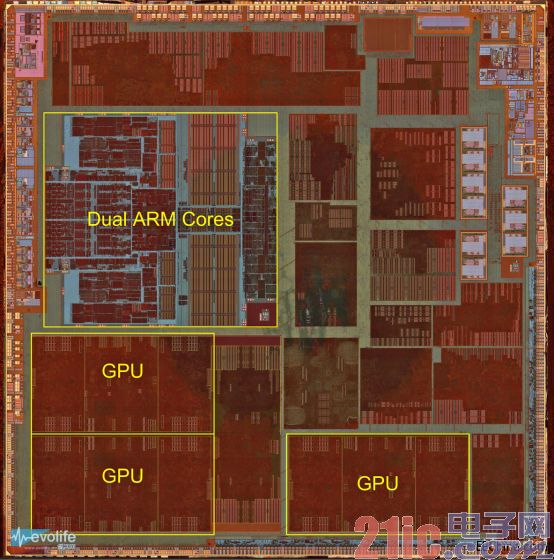
The most frequently asked phrase, "How many cores does your phone have?" refers to the number of CPU cores. Modern CPUs have long since departed from the era of single-handedness. Integrating many processors into one chip allows each processor to perform different tasks in parallel and increase processor speed. This is the basic idea of ​​modern multi-core processors. The current mobile phone processors are available in dual-core, quad-core, and eight-core formats.
The amount of cores can reflect performance to a certain extent, but things are not so absolute. In addition to the number of cores, the "quality" of a single core itself is also very important, which involves another concept: architecture, cache, frequency.
In general, the smartphone CPUs you can buy today use ARMv7-A, the same instruction set developed by ARM. You can understand that different CPUs speak the same language (Mandarin). But under the same instruction set, ARM offers a variety of different architectures for manufacturers to choose from (all of them speak Mandarin, also divided into primary school students, middle school students, college students), such as the common Cortex-A7, Cortex-A9, Cortex-A15.. A more powerful vendor like Qualcomm will also develop its own unique architecture, such as the "Krait" used by the Opteron 800/600/400 series processors.
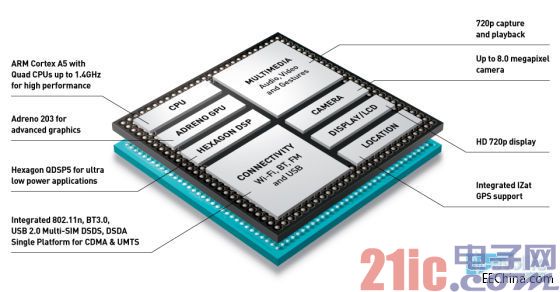
Different architectures have different performance and power consumption. To clearly explain the differences between the various architectures, the length of this article is in jeopardy. You only need to know that the CPU is only a small part of the entire SoC. The core quantity is a small part of the CPU's many performance indicators. The number of cores does not represent the final performance of the CPU, and it does not represent the performance of the entire SoC.
By the way, there is another important indicator for measuring mobile CPUs - energy consumption. Mobile phone battery capacity is limited, power saving is a compulsory course for each mobile phone CPU, many companies have their own unique skills in this regard. For example, in the Opteron processor, Qualcomm's self-developed aSMP architecture allows for individual control of the voltage and frequency of each processor core. When the task is relatively simple, the processor will intelligently enter the sleep state, and the final effect is Fast and power saving.
GPU: Super fast painter
What mobile games do you usually play? Is it the intellectual-type "Monument Valley", the stimulating "Tower Defense" or the realistic "real racing"? In fact, whether it is 2D or 3D games, they are more or less The GPU of a mobile phone cannot be separated from the GPU. Which component is the largest area in the mobile phone SoC? Tell you, it is also the GPU (Graphic Processing Unit), the GPU is responsible for the rendering of most graphics on the mobile phone, most of the mobile games you usually play, most of them By relying on it, you can think of it as an ultra-fast painter.
In the beginning, the phone's GPU was a very simple and insignificant component. Like Apple's first-generation iPhone, some Nokia-based smartphones with Symbian systems, their GPUs, both functional and performance, are quite "poor." However, with the development of technology, the GPU's position in the SoC has expanded rapidly, and its volume has even surpassed that of the CPU, occupying a large number of sites.
Why is GPU becoming more and more important? Look at the bigger and bigger screens on your phone - the resolution has evolved from the earliest VGA (640 x 480) to the current 1080p (1920 x 1080), even 2K (2560×1440), the GPU needs to render more than a few times more graphics pixels, and the function and performance are naturally rising.
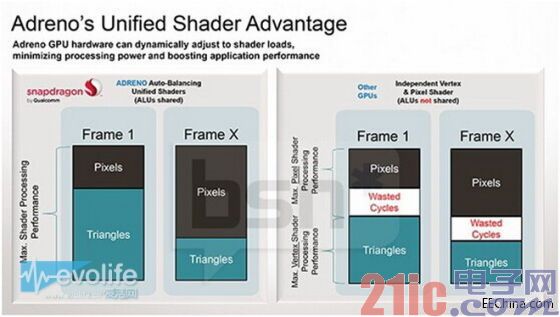
By the way, with the evolution of functions and performance, now the GPU can do more than just graphics processing, it even "grabbed" some CPU work. The famous "Project Butter" from 4.0 to 4.1 for Android allows the GPU to undertake the rendering of the system interface, making the entire system interface smoother and smoother.
GPUs are particularly well-suited for processing massively parallel data because graphics computing itself is a massively parallel process. Now many of the graphics outside of the Android system are handed over to the GPU, such as web rendering, which browsers you think are particularly fast, and they use the GPU for rendering web pages in all likelihood.
In the future, with the popularization of virtual reality technology such as augmented reality, the GPU will undertake more general processing tasks, and its relationship with the CPU will become more subtle. In the words of an image point: CPU management, The GPU is a coolie. We expect GPUs to remain bullish throughout the SoC and are an excellent potential stock. When you next buy enough mobile phones, remember to pay attention to its GPU.
DSP: Expert in processing data
Why are some mobile phone cameras unresponsive, and some mobile phones have lightning-fast cameras? In addition to the software-optimized skills, there is still a hero behind the camera.
DSP is another key processing component. Its nature is similar to that of GPU: it deals with ultra-large-scale and parallel data. The most typical two examples are: images taken by mobile phone camera, and various sound effects in mobile phone players. .
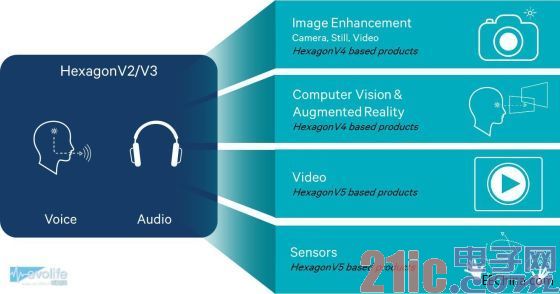
Don't underestimate these two seemingly simple tasks. Now the camera pixels on the mobile phone are high and scary. The continuous shooting speed is 10fps, 20fps. If there is no DSP, a large amount of image data is enough to put a quad core in a short time. The CPU is full, so your phone can't do anything else.
According to published data, the most powerful mobile phone DSP on the market is from Qualcomm's upcoming Snapdragon 810 processor, which is equipped with a Hexagon DSP with a 14-bit dual image signal processor and a pixel throughput of up to 1.2GPixels/s - each 1.2 billion pixels in seconds! With this number, you can feel how terrible the amount of data flowing through the DSP.

Thanks to the dedicated DSP, we can enjoy higher and higher pixels, zero shutter delay, face detection and advanced post-processing (such as object removal and cloning) on ​​the phone camera. The difference with CPU and GPU is that the task of DSP is more focused and single. DSP can't do all the tasks of CPU and GPU, but in its own image and sound processing, its power consumption is much lower than CPU and GPU, so we call DSP "data processing expert".
Baseband / RF front end: phone ear and mouth
After entering the 3G/4G era, as long as you connect to the mobile network, it seems that any mobile phone can download a large number of pictures and watch high-definition video without any pressure, but in the 2G era, things are not so simple. You can easily brush Weibo, brush friends, and shop online. It is entirely due to the evolution of mobile phone baseband chips and RF front-ends. If you compare your mobile phone to the human body, the integrated baseband chip in the mobile phone SoC, plus the external RF front-end, is the human ear and mouth, which are responsible for the communication between the mobile phone and the outside world.
The baseband chip, also known as Baseband, has the most important function of modulating the transmit and receive signals. Specifically, when you call someone, the baseband chip compiles your voice signal into a baseband code for transmission to the base station; and when other people call you, the baseband chip receives the baseband code. Interpreted as an audio signal and then sent out through the speaker. In the 3G/4G era, baseband chips are also responsible for compiling a large number of web pages, images, and video information—for baseband chips, these things eventually become signals.
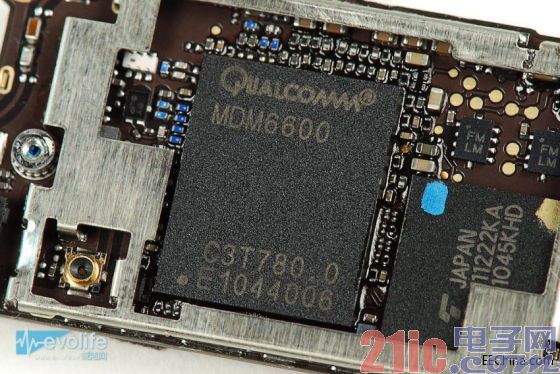
Since the process of modulating the signal is too complicated, the baseband chip is a small kingdom of its own. It has its own CPU, its own channel encoder, its own DSP, its own modem and interface module. A better baseband, such as Qualcomm's Gobi, also has its own 256MB of memory.
The module that works with the baseband chip is called the RF front-end (RF), which is responsible for the digital/analog conversion of the signal and is responsible for signal amplification. The baseband chip works with the RF front end to determine the communication system of the mobile phone. Is your mobile phone 3G or 4G? Can it be compatible with China Unicom, mobile or telecom networks? These are all calculated by the baseband chip + RF front end.
In addition to supporting a wide range of communication formats, excellent baseband chips must also have the ability to "couple" different frequency bands because the spectrum resources of different operators are too distracting. For example, China Mobile's 4G network has a total of 130MHz spectrum resources, but the frequency bands are dispersed into three, namely: 1880-1900MHz, 2320-2370MHz, 2575-2635MHz. When the mobile phone is working, the communication module has to integrate these three different frequency bands and simulate to communicate in "one frequency band", so as to ensure the fastest speed, we call this function "carrier aggregation". For example, carrier aggregation technology is equivalent to a valve that brings together a large number of scattered small water pipes to form a large stream of water.
In addition, a new generation of mobile phones is also popular with a trend: all the signal-related parts are handed over to the baseband chip for management. For example, GPU signal, WiFi signal, Bluetooth signal. In the past, every time a mobile phone added such a connection function, it needed to install one more chip. Now that they are handed over to the baseband, they can save a lot of cost and the power consumption will be greatly reduced.
Due to its high functionality and high complexity, the baseband chip is also known as "the most difficult zone on the phone." Qualcomm's ace combination - Gobi baseband chip + RF360 RF front-end is the industry benchmark, it has many features like Superman: the top-of-the-line Gobi can support GSM/WCDMA/CDMA/TDD-LTE/FDD-LTE from 2G to 4G All network standards; compatible with dozens of different frequency bands of global operators; can integrate distributed frequency bands through carrier aggregation technology; can also send and receive a wide variety of signals such as WiFi/Bluetooth/GPS/FM radio; Power saving, each module can be individually switched... At the same time, the most incredible thing is that the baseband chip with such a powerful function can be manufactured by silicon semiconductor process and integrated into the SoC as a module! This is actually a major technical advantage of Qualcomm in the industry.

How to judge the technical level of the baseband chip in a mobile phone SoC? You don't have to force yourself to remember the technical terms of the cockroach. Just look at its function is enough - how many 4G systems are supported? How many network bands are compatible? WiFi 802.11ac? Use the exclusion method to filter one by one, you will find that the final choice is running out.
Multimedia Engine: Cinema in the pocket
Two or three years ago, to play 1080p Blu-ray movies, you also spent money to buy a Blu-ray player. Now, you just need to take out your phone and tap the screen to play high-quality 1080p video. Is it amazing?
This is normal, because there is a powerful multimedia engine in your mobile SoC, which has already included video codec work.
H.264 video that can smoothly decode 1080p resolution is already the standard configuration of the new generation of mobile phone SoC. You don't have to worry about the code rate and resolution behind it. These are the credits of the multimedia engine.
The next-generation SoC, represented by the Snapdragon 805/Banlong 810, has a built-in multimedia engine that even supports the next-generation H.265 (HEVC) hardware decoding function, which is sufficient to decode 4K resolution video at a frame rate of up to 60 Hz. The powerful parameters can not help but sigh: can the mobile phone screen keep up?
Sensor Center: Green butler at all times
Remember the "M7 coprocessor" that Apple advertised at the iPhone 5s conference? It can replace some low-volume, long-running tasks while the main processor (CPU) is still asleep. This greatly reduces the power consumption of the entire SoC.
When Moto X was released, Motorola demonstrated a magical feature: the phone stays asleep, and when you say a word, you can wake it up in an instant. Nowadays, many mobile phones already have such a function.
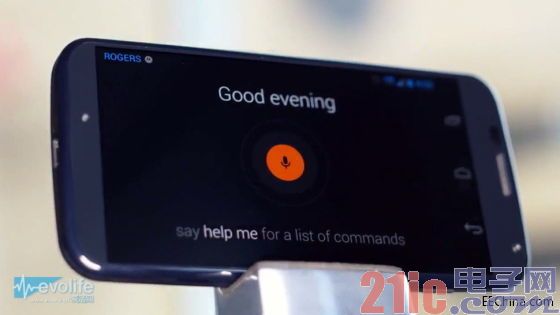
The next-generation mobile phone SoC integrates modules that specifically support sensor operation. For example, Samsung calls the similar module on the Galaxy S5 "Sensor Hub". When you sigh the magic of the Moto X mobile phone wake-up, don't forget that there is such a sensor center in your mobile SoC, which is silently supported behind it.
Power Management: Energy Saving Manager
The processor needs to save power, and scientific power management is of course indispensable. The power management here is not the free software downloaded on Google Play, but the real hardware circuit, which is integrated in the chip and is part of the SoC.
Taking the Qualcomm Snapdragon processor as an example, during the SoC operation, the power management circuit controls each CPU core, which can dynamically adjust the frequency and voltage of each CPU core according to the task load, thereby maximizing power saving. At the same time, Snapdragon's power management power also supports Qualcomm Quick Charge, a fast charging technology that reduces charging time by up to 75%.
Conclusion
In the past, when it comes to the performance of mobile phone processors, we always put too much emphasis on the CPU itself, while ignoring other components, which is obviously unreasonable. In fact, we should look at the mobile phone "processor" in a more scientific way - it is a SoC, a system that contains a large number of different components to cooperate with each other. Unlike a computer, a mobile phone is not only an computing tool, but also your phone, walkman, camera, and game console. In mobile SoCs, in addition to the CPU, there are twenty or thirty different components working for you, they are important partners you should pay attention to.
Our company is specialized in supplying Remote Control / Air conditioner remote control / A/C Universal Remote Control
Including air conditioner remote control.LCD display with nice appearance .large code library.menu function and powerful saving mode.Prompt delivery time.power by AAA batteries*2 . good replacement to broken/old remote . It has a powerful codebase and can control most air-conditioners of all brands in the world.It has a memory function during the electricity failure .Also has a function of manually searching (plus or minus) or automatically searching for adaptable type of air-conditioners, which makes it easy and convenient for you to search for a suitable type of air-conditioner.It has complete functions and a comfortable hand feeling, which bring you enjoyment to the maximal extent.
Remote Control
Remote Control,Rf Universal Remote,Universal Remote,Universal Remote Control
ZHEJIANG ICE LOONG ENVIRONMENTAL SCI-TECH CO.,LTD. , https://www.china-refrigerantgas.com